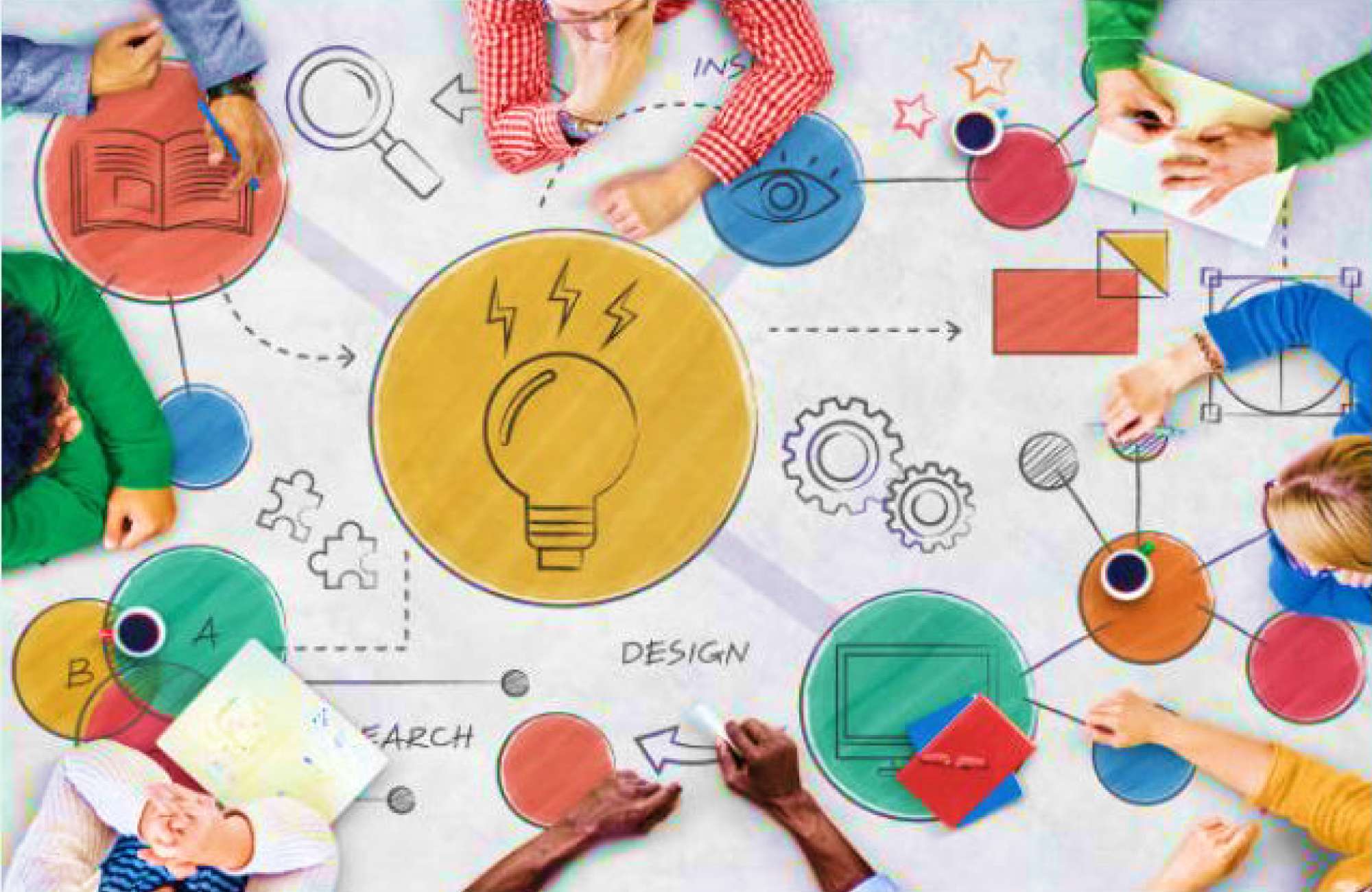Future of Graphic Design
Graphic design has usually been a dynamic field, continuously evolving with advancements in the era and converting cultural landscapes. As we step into destiny, it is captivating to discover how picture design will transform and shape the manner we talk visually. In this blog publication, we are able to delve into the potential developments and improvements with the intention of defining the future of picture layout.
Immersive Experiences:
With the rise of digital truth (VR) and augmented reality (AR), graphic design will embrace immersive reviews like by no means before. Designers may have the possibility to create interactive and multidimensional visuals that interact with users to a deeper degree. From digital product demonstrations to AR-powered classified ads, the future of photograph layout will be characterized by the aid of a continuing blend of the bodily and virtual worlds. Learn more
Motion Graphics and Animation:
As attention spans continue to shrink, motion graphics and animation will play a crucial role in capturing and retaining viewers’ attention. Static images will give way to dynamic visuals, as designers explore innovative ways to tell stories through movement. From animated logos to micro-interactions in user interfaces, motion design will become an essential tool for graphic designers to convey information and evoke emotions effectively.
Data Visualization:
With the abundance of data in the virtual age, the capability to translate complicated statistics into visually appealing and effortlessly understandable photographs becomes increasingly precious. Infographics and information visualizations will hold to adapt, incorporating interactive elements and actual-time records feeds. Picture designers may be tasked with finding creative answers to present facts-driven insights in a visually compelling manner, making records accessible and engaging for a wider target audience.
Minimalism and Simplicity:
The future of graphic design will embrace minimalism and simplicity in both aesthetics and user experience. Clean lines, ample white space, and intuitive layouts will dominate designs as they prioritize clarity and ease of use. As technology becomes more integrated into our daily lives, users will seek simplicity and seamless interactions, and designers will respond by stripping away unnecessary elements and focusing on essential visual communication.
Customization and Personalization:
AI and machine learning breakthroughs will allow graphic design to be more individualized and user-specific. Design systems will be created that may change based on the preferences and actions of users, producing distinctive visual experiences. The distinction between the designer and the user will be less distinct because of adaptable interfaces, tailored recommendations, and templates that may be altered by the user.
Sustainability and Ethical Design:
Graphic designers will be at the forefront of advocating sustainability and moral behavior as environmental issues continue to rise. The use of environmentally friendly materials, ethical manufacturing techniques, and designs that support constructive social change will become more prevalent in graphic design in the future. The challenge for designers will be to provide images that reflect and advance sustainable values while also captivating viewers.
Collaboration and Interdisciplinary Work:
Collaboration and interdisciplinary work will become more prevalent in graphic design in the future. To produce more relevant and useful designs, designers will work in conjunction with experts from other disciplines such as data science, psychology, and anthropology. This interdisciplinary approach will produce more comprehensive and informed solutions, stretching the capabilities of graphic design.
In the end, it can be said :
The world of graphic design is one that is interesting and always changing. The future of the industry will be shaped by collaborative efforts, motion graphics, data visualization, simplicity, personalization, and sustainability. Graphic designers will play a crucial role in developing aesthetically appealing and functional designs that connect with people as technology develops and societal values change. Graphic designers will continue to influence how we engage with the outside world by embracing these trends and utilizing their creativity.











